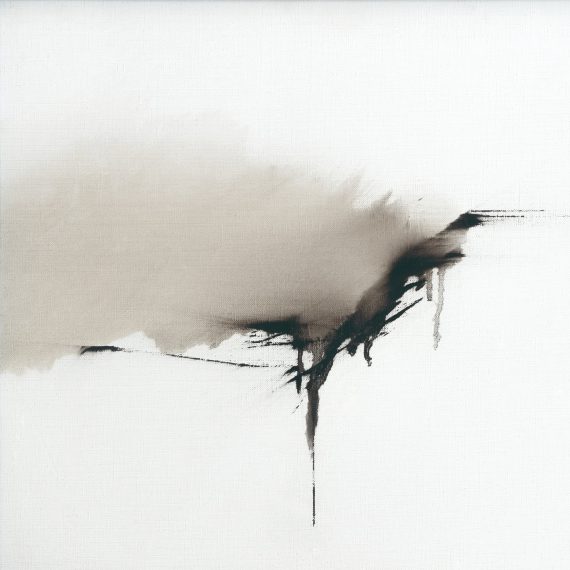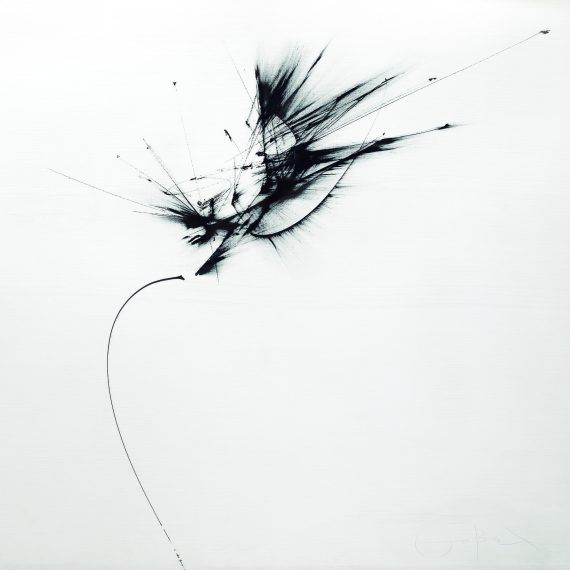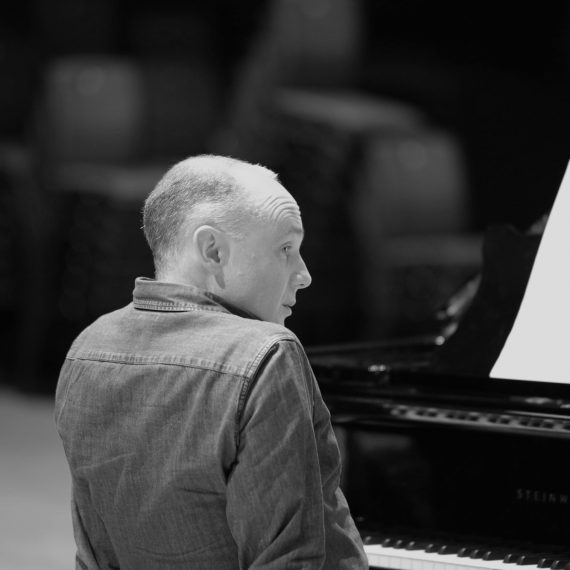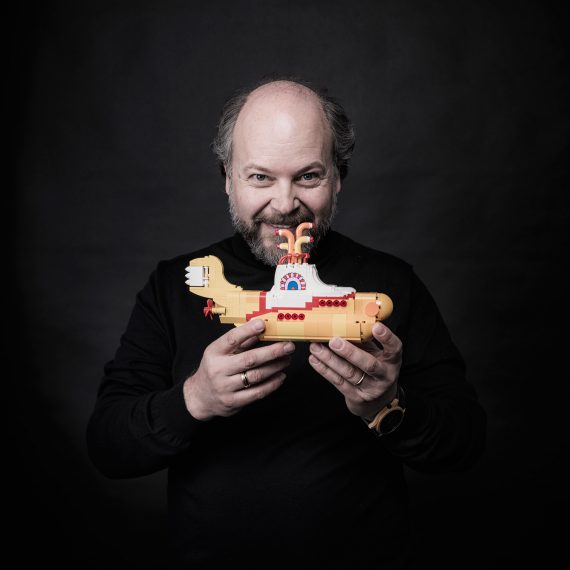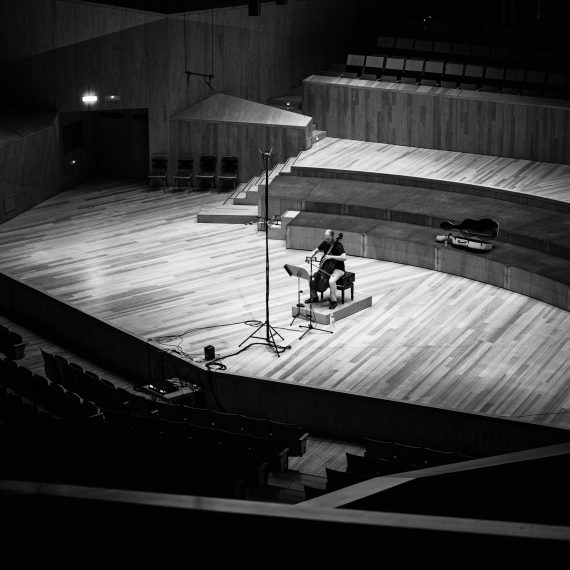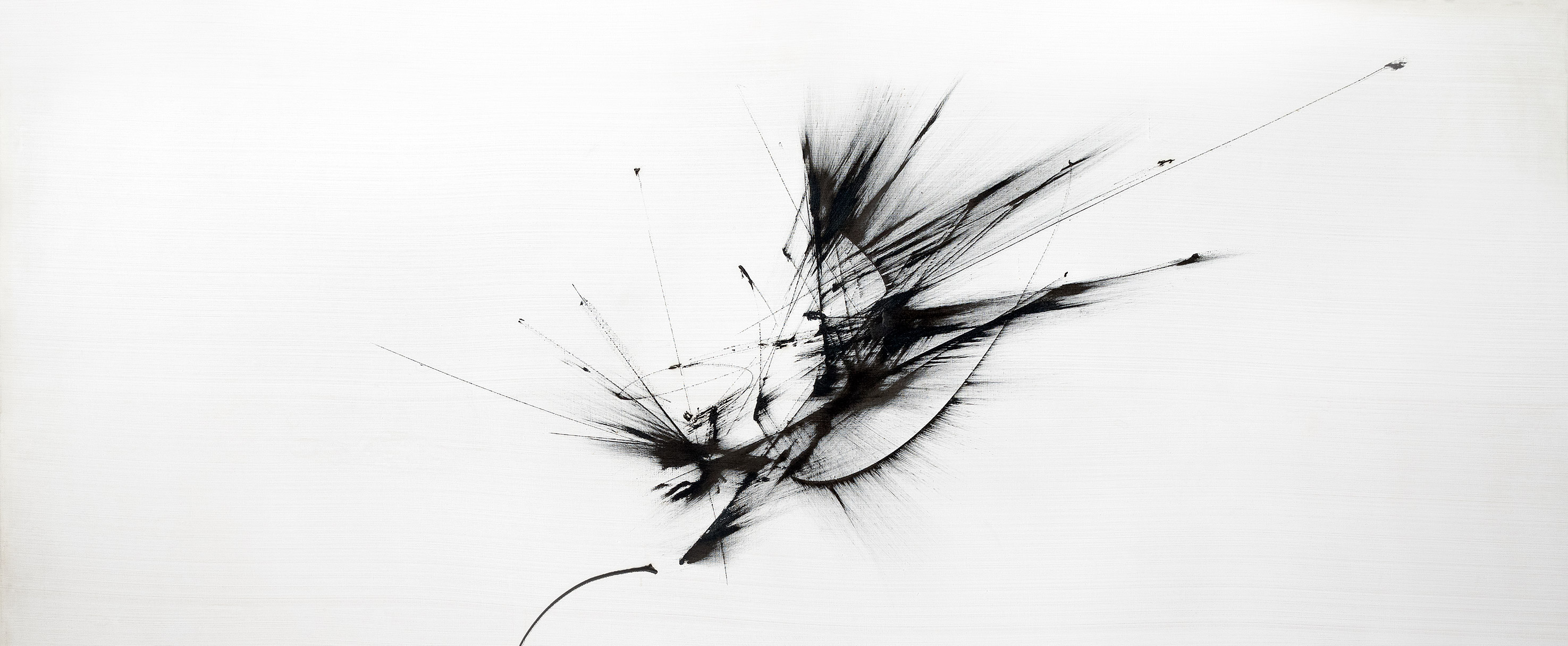
London Sinfonietta, Geoffrey Paterson
Abel Tomàs, Arnau Tomàs, Josep Colom
“Magical! One holds one’s breath enraptured!”
Jonathan Harvey
“Una música de profunda carga poética, de extrema delicadeza, que explota lo más sutil del material utilizado”
ALBERTO POSADAS
SPECIAL EDITION
CD + BOOK + HD DIGITAL ALBUM
Including “Images” by London Sinfonietta and Geoffrey Paterson
and “Broken Light” by Abel Tomàs, Arnau Tomàs and Josep Colom
CD + Book (38 pag.) + Voucher Code to download:
HD FLAC, HD ALAC – Stereo and Surround 5.1 – 24 bit 96 kHz
21,90€
IMAGES
London Sinfonietta, Geoffrey Paterson
VENT DEL CAPVESPRE (2007)
for flute/piccolo, Bb clarinet/bass clarinet, harp, 2 violins, viola, cello, double bass, piano and two percussionists. 14:42
JARDÍN SECO (2014)
for flute/piccolo, Bb clarinet, horn, 2 violins, viola, cello, piano and 2 percussionists. 12:50
BUY ALBUM
Digital Album
FLAC, ALAC – Stereo 16 bit 44,1 kHz
6,00€
HD Digital Album
FLAC, ALAC – Stereo and Surround 5.1 – 24 bit 96 kHz
8,00€
BROKEN LIGHT
Abel Tomàs, Arnau Tomàs, Josep Colom
SLOWLY… IN MIST (2012)
for violin, cello and piano. 08:54
SEVEN HAIKUS (2016)
for solo cello. 11:08
LLÀGRIMES DE TARDOR (2018)
Elegy for violin and piano. 04:26
STELLA (2018)
for solo piano. 04:53
THREE HAIKUS (2009)
for cello and piano. 08:03
BUY ALBUM
Digital Album
FLAC, ALAC – Stereo 16 bit 44,1 kHz
6,00€
HD Digital Album
FLAC, ALAC – Stereo and Surround 5.1 – 24 bit 96 kHz
8,00€
TEXT BY RAMON HUMET
The magnetism of Vent del capvespre (Evening wind) captivates the listener from the very start. Each note, each gesture demands a form of listening that is clear of thoughts, an experience more physical than intellectual, bringing to mind Goethe’s statement: “The more inaccessible a work of art is to our rational judgement, the more sublime it is.”
It is not a study in the control of time or architectural form, nor a calculated development of discourse: it is a clear observation of the exact instant –neither before nor after– in which a sound is born, grows and is extinguished. The alchemy of sounds, placed with minute precision, goes beyond the perception of time to anchor itself in a place of deep and expansive horizons, a landscape that is inaccessible to reason, a face-to-face encounter with bright, vibrant harmonies.
Josep Maria Guix’s particular way of composing can be defined as sculpting the work with love, voiding the sound material rather than filling it, as can be clearly heard at the start of Vent del capvespre. The dense layer of indeterminate sound does not set itself up in opposition to the flute melody but, rather, envelops it to form a single unit. It is as though the unpolished texture were the fertile terrain in which the gestation and miraculous birth of motifs and resonant chords originate, metaphor for an organism with a life of its own.
The preference for delicate expression is evident in the indications in the score –very soft, almost inaudible, quiet motion– and the work’s dynamics, dominated by pianissimo. The result: an apparent contradiction between the immobility of the harmony and the activity of internal voices, which creates an energetic, vigorous stasis, not unlike Antoine Brumel’s mass Et ecce terrae motus, so beloved by the composer.
Echo is a recurring phenomenon in the composer’s catalogue and, with a display of prodigious skill, occurs at the start of the third movement, where a morphing of timbres connects the piccolo’s penetrating tone to the crotales rubbed with the violin bow. The beauty of this passage can only be explained by a total separation from the ego, an abandonment of all mental speculation, and by the impeccable skill of sculpting time with sound. Jardín seco (Dry garden) too closes with a sliding echo of flute and clarinet, allegory of the gust of wind that stirs up dead leaves in a poem by Matsuo Basho.
Fernando Zóbel, a painter sympathetic to Josep Maria Guix’s diffuse and diaphanous outlines, comments in his introductory course on contemporary painting that painting is a visual language, in which the first thing one must do is give observation a chance, contemplate reality, not glance over the surface but wait patiently with an open attitude so that the work reveals its essence to us. In the title piece, Jardín seco, different natural phenomenon, both sonorous –water, the bell, wind– and non-sonorous –the fall of a maple leaf displaying alternately one face and then the other, the sun’s force above the willows– are illustrated with a precision that renders words superfluous.
Some examples: space suggested by two descending piano chords that lose themselves in the distance; Zen bells which ring ceremoniously criss-crossing the liquid sounds of the waterphone, a curious recently invented percussion instrument adopted by the composer (for whom research into colour is of the utmost importance); the simple melodies of chords that accumulate heterophonically, tracing circles in different layers to create something rich and complex out of what was, to begin with, simple.
The characteristic element known as wind chimes effect, a kaleidoscopic effect of trembling notes on instruments such as the piano and harp, conceals a special charm. Physically, a link exists between the chance nature of the clapper and the slowing down of white sound, a substratum containing all audible frequencies. Close listening to the partial notes allows them to be gradually assimilated, like the absorption of the sound of the sea’s waves, or of a breeze through the branches of pine trees. Once again, it is a direct evocation of nature.
Issa Kobayashi writes “Slowly, the lake disappears in the mist… Evening falls,” lines that capture the essence of a reality and are the point of departure for the first movement of Slowly… in Mist for trio and piano. The freezing of time –achieved by a minute and irregular repetition of B flat that gives an unexpected ecstatic effect– leads into a new world: that of the interior of the note, with its spectrum, harmonic relations and fluctuations of sound mass. The second movement, with an introductory ringing of bells from the piano, allows us to glimpse a remarkable melodic capacity that, with the experience of years, is becoming ever stronger in the composer’s work. The third movement opens a fissure of circular time where cycles of arpeggiated figurations with resonances of partial notes in the chords evoke the “festival of water-drops from the tree” in the haiku that inspired it.
Llàgrimes de tardor (Evening tears), an expansive, placid elegy for violin and piano, journeys from the well-defined initial motif –in the manner of a musical box– to an ending that is suspended and volatile, elevated, and addressed to Joseph Brodsky when he states that “a tear is an acknowledgment of the retina’s, as well as the tear’s, failure to retain beauty.”
Tres haikus (Three haikus) for violin and piano –whose first movement is constructed as a search for a forte resolution, masterly in its directionality– reveal an affinity for Olivier Messiaen’s luminous chords. The pieces use complex harmonic structures –six and seven note chords, avoiding triads– and create an interplay between pentatonic scales, intervals of perfect fourths and fifths and a certain degree of inharmonicity, while evoking sound landscapes that are captivatingly vivid.
The distribution of sound in the performance space is a significant aspect of Josep Maria Guix’s catalogue, both in terms of the physical placing of performers and the creation of imaginary virtual space. In Stella (Star), a miniature for piano based on Cantiga 100 by Alfonso X and on the tenth song by Frederic Mompou, various metallic chords create an admirable auditory illusion of distance, of nostalgia for the infinite, of a call simultaneously found within oneself and beyond reach. The end, with its mechanical cyclical construction, brings to mind an innocence lost in childhood but, perhaps, regained in maturity.
Maximum expressivity and the containment of resources are evidence of the enormous skill employed in Set haikus (Seven haikus) for solo cello: the abandoning of pulsation, the jeté, melodies descending like falling petals, surprising contrasts between double chords and tremolo, and certain rhythmic motifs in the form of a curious morse code – a technique subsequently developed in Tres haikus for string quartet. Together they comprise a formidable arsenal of elements that form the backbone of a work of concentrated lyricism.
Beauty, the desired ideal, is inalienable for Josep Maria Guix, and in its pursuit he hones all the techniques and materials at his disposal: research into timbre through analysis of the acoustic spectrum, stand-out gestural innovations –wind chimes effect, delay, heart beat effect– organically blurred outlines, distribution of sound in real and virtual space, and non-discursive forms that begin and end in themselves, as if each note were unique and had been lovingly sculpted.
An attentive, unhurried listening –without which the beauty of this music cannot be grasped– makes it possible to perceive the absorbing power of the sound moment, intuition carefully worked with solid craftsmanship, humility visible in the concise format of the works, and that immeasurable Absolute to which Antonio Machado’s lines point: “Be prepared but don’t set out, be patient; for art is long and, also, doesn’t matter.”
Ramon Humet, composer
These scores, subject to authors copyright, are available for study. In case you want to perform the pieces, please visit his page at Universal Music and/or contact the composer (jguix@xtec.cat):
“Llum i terra i prou. Matèria i cant. Una obra lluminosa, perfilada, de geografia moderada, sense talls, sense llunyanies excessives ni horitzons massa esborronats. Cada gest es troba a l’abast de la mà, a primera vista, a cau d’orella.” Read more.
JOAN MAGRANÉ FIGUERA, EL TEMPS DE LES ARTS
“Un lujo. La música atmosférica de este Images of broken light la han grabado la London Sinfonietta, los hermanos Abel y Arnau Tomàs del Quartet Casals, y el pianista Josep Maria Colom.”
LA VANGUARDIA
“Josep Maria Guix’s preoccupation with the tersely enigmatic haiku form means his music is ideally suited to Neu’s exemplary production values. As I have come to expect from the Spanish label, the music and technical execution are superb” Read more.
BOB SHINGLETON, ON AN OVERGROWN PATH
“La música de Josep Maria Guix és un cant a la bellesa. A la bellesa present en la mirada subtil i microscòpica cap als detalls, que ens porten a una immensitat tan gran com la del cosmos. No es tracta d’una mirada cap enfora, que podria ser evasiva; és més aviat una mirada cap endins, o cap a l’endins d’allò que hi ha al defora nostre (…) Aquestes ‘Images of broken light’ amb Neu Records són una magnífica i il·luminadora notícia. Com sempre en el segell de Santi Barguñó, la factura física i sonora són impecables, amb uns intèrprets excelsos compromesos amb la música de Guix: els germans Tomàs, Josep Colom i la London Sinfonietta, dirigida per Geoffrey Paterson.” Read more.
Josep Barcons, Revista Musical Catalana
“Un disco magníficamente grabado. La música de Guix, tanto por los procesos sonoros creados como por la presentación de fenómenos naturales, está fuertemente inspirada en la poesía de extremo oriente. Guix hacer referencias directas a versos de grandes poetas japoneses, y transporta sus imágenes con gran elegancia a un contexto musical.” Listen
Luis Tinoco, Geografia dos Sons, RTP
“Vent del capvestre inaugura la audición con una música que llega en forma de rumor y que poco a poco se sustanciará con una voz queda; en cuatro piezas que parecen esbozos a los que su autor no quiso conferir más desarrollo. Y están bien así. (…) pese a la parquedad de efectivos Guix roza la voluptuosidad en páginas como Three Haikus. Es extraña la gramática del compositor. Y aquí llega servida excepcionalmente.”
Ismael G. Cabral, REVISTA SCHERZO
“Guix es revela un mestre del timbre, de l’exploració de la textura instrumental, no per la via de massiva superposició d’instruments, sinó per l’estudi de les capacitats expressives de cadascun dels instruments en el els seus diversos registres. Això no obstant, lluny de ser un monòleg serial, els instruments dialoguen, s’emmirallen en un eco meticulosament mesurat. ” Read more.
Neil Manel Frau-Cortes, SONOGRAMA MAGAZINE
“De la música de Josep María Guix (Reus, Tarragona, 1967) suele destacarse su carga poética, su delicadeza, su sensibilidad, su desnudez. Ahora, Neu, la extraordinaria plataforma de producción musical de Santi Barguñó y Hugo Romano, acaba de poner en el mercado un libro-disco con siete de sus obras. El producto está hecho con la exquisitez habitual de la marca”
Pablo J. Vayón, DIARIO DE SEVILLA
“Un viatge sense mapa cap a les profunditats.” Read more.
GEMMA GASCÓN, WEEK &
“Josep Maria Guix, autor d’aquestes delicades imatges de llum, projecta les qualitats més essencials del timbre i de l’escriptura al·lusiva a una realitat objectiva del motiu, de l’element més petit d’un univers ple de sensacions i vivències íntimes. La música és moviment, llum, i sobretot fugacitat i intangibilitat. Les diferents obres que es recullen en aquest àlbum, des del 2007 fins al 2018, són fruit d’una percepció de naturalesa complexa. Al cap i a la fi, la senzillesa és, potser, una de les qualitats més laborioses. (…) Geoffrey Paterson modela les sonoritats cristal·lines del conjunt instrumental de la London Sinfonietta, que ens arriben no només unes composicions plenes d’idees impactants que deixen petjada, sinó també el silenci, reflexiu i meditat, amb personalitat pròpia. A més de les dues obres per a orquestra de cambra, hi ha obres de cambra interpretades per Arnau i Abel Tomàs al violí i violoncel i per Josep Colom al piano. Tres músics que descobreixen semblances inesperades i estenen la seva bellíssima influència sobre les obres de Josep Maria Guix.” Read more.
CARME MIRÓ, SONOGRAMA MAGAZINE
“Una altra demostració de la immensa capacitat d’aquest compositor per musicar quelcom indescriptible amb paraules, per expressar la grandesa de la natura amb una proposta musical senzilla. Irène Némirovsky escrivia a Suite francesa que tan sols la música és capaç d’abolir les diferències d’idioma o els costums dels éssers humans i tocar quelcom indestructible en el seu interior: l’obra de Josep Maria Guix reflecteix aquesta comunió entre l’individu i la naturalesa, inexpressable mitjançant la paraula, però essencial per a viure. I és precisament el que converteix Images of broken light en una audició obligatòria per a tot amant de la música contemporània.” Read more.
Loles Raventós García-Amorena, Barcelona Clàssica
“…una música delicada y sutil, que nos permite descubrir el imaginario sonoro de Guix. El trabajo de producción de Neu Records es sobresaliente. Las resonancias de los instrumentos se entrelazan y distribuyen en el espacio de manera orgánica. Tomando como referencia la música tradicional japonesa, Guix traza una música hermosa, reflexiva y profunda que atrapa al oyente. Gran trabajo de equilibrio de la London Sinfonietta.” 5 Stars
Revista Melómano
“The music has the same sense of concentration and spareness which you associate with a haiku, each gesture counting for a great deal. It starts out of from nothing, and remains evanescent and fragile, with each gesture telling. Though written for ensemble, this is not large scale music and Guix uses his range of instruments to give himself a wider palette of colours. This is music where each gesture tells, and where silence is important. And at the end, it lapses into silence again.”
Planet Hugill
“La plasmació d’un imaginari sonor summament personal i atractiu. Una meravella d’enregistrament. (…) La seva sempre és una música que cerca de convèncer-nos de la raó de la seva existència. Això és el que de bell antuvi malda per aconseguir: que les seves partitures, més que no imposar-se’ns a còpia d’ímpetu o d’abundància, ho facin com a ressò o correspondència d’alguna cosa (un poema, un paisatge, un quadre, una cara, un cos o la mateixa música, tant se val quin sigui el punt de partida) que l’interpel·la i remou per dins. Un cops convençuts de la seva raó de ser, llavors aquests acords primerencs i primigenis alcen el vol suaument i es despleguen amb tanta elegància i subtilesa com saben a fi d’extreure tota la “música callada” que han covat dins seu.”
ALEX SUSANNA, EL MÓN EN SUSPENS
Composer
Performers
London Sinfonietta, Geoffrey Paterson
Abel Tomàs, Arnau Tomàs, Josep Colom
Recorded at
Watford Colosseum, UK, February 2018
Auditorio de Zaragoza, Spain, July 2019
Music Production and Sound
N · Santi Barguñó, Hugo Romano Guimarães
Executive Production
Adam Flynn – London Sinfonietta
Design
Videos
Produced by
Liner notes
Translations
Rebecca Simpson
Photos
Sebastian Petit, Santiago Torralba, May Zircus
Photo editing
Cover Images
Fernando Zóbel (Philippines, 1924 – Italy, 1984)
“Alcorcón” and “Estudio para Antonio Pérez”
Reproduction of the works, by Santiago Torralba.
Images reproduced with the permission of Fernando Zóbel’s Family.
SUPPORTED BY
MIXED AND MASTERED WITH Dynaudio speakers
Recorded in high definition 3D format for sound installations (5.4.1), surround sound (5.1) and stereo (2.0).
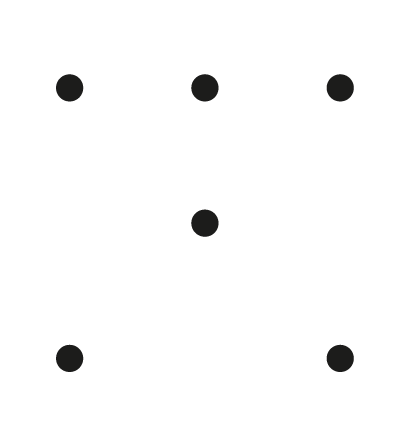

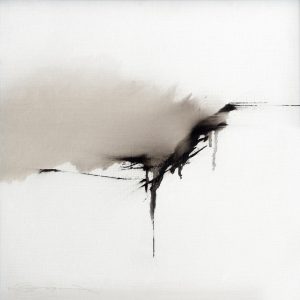 Guix: Images
Guix: Images
